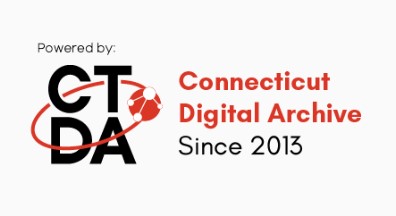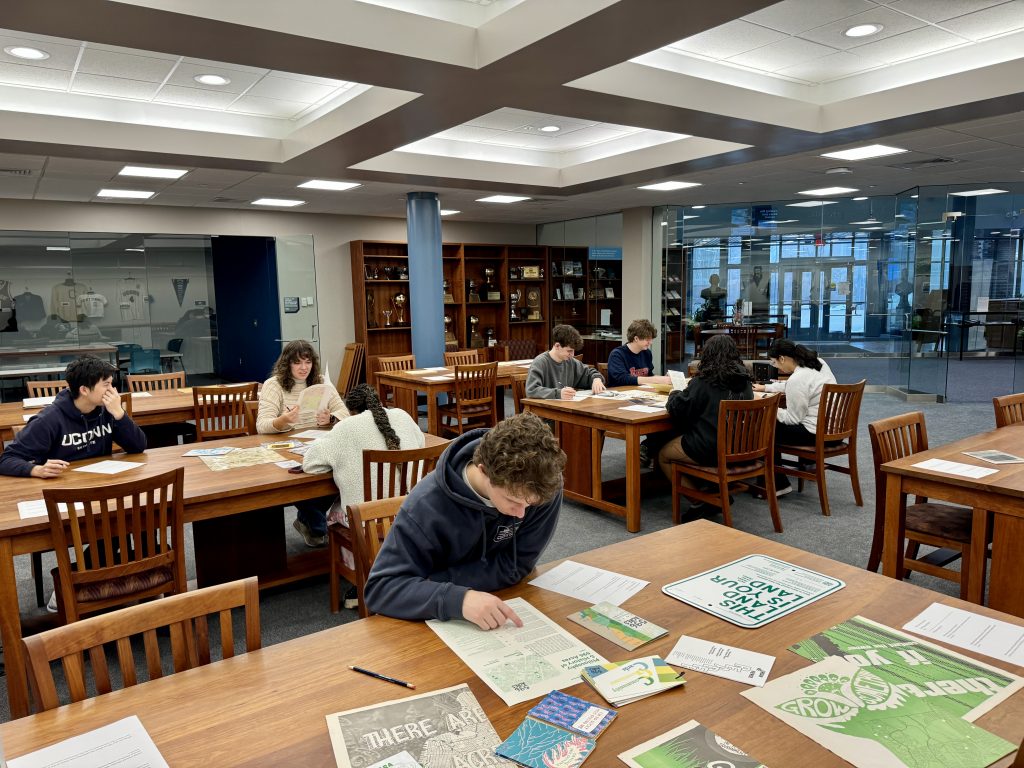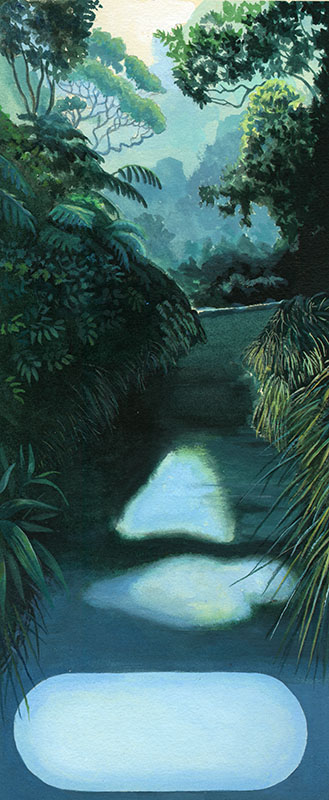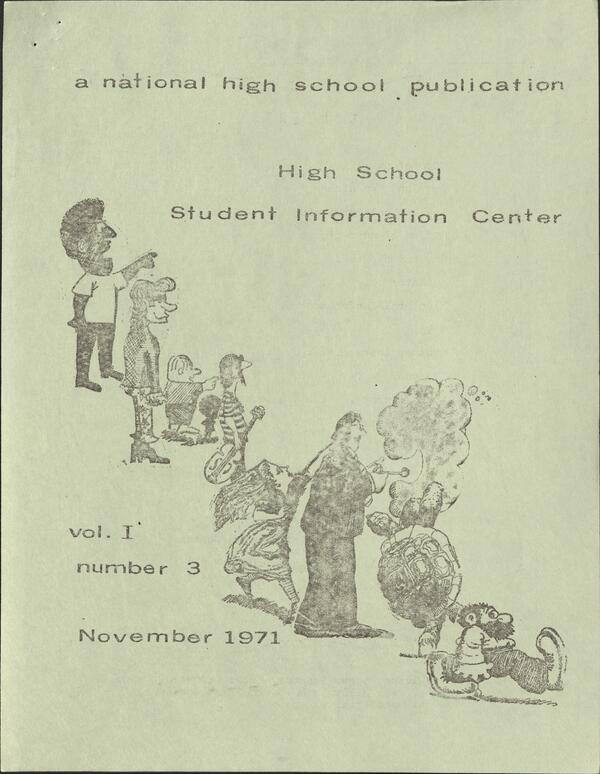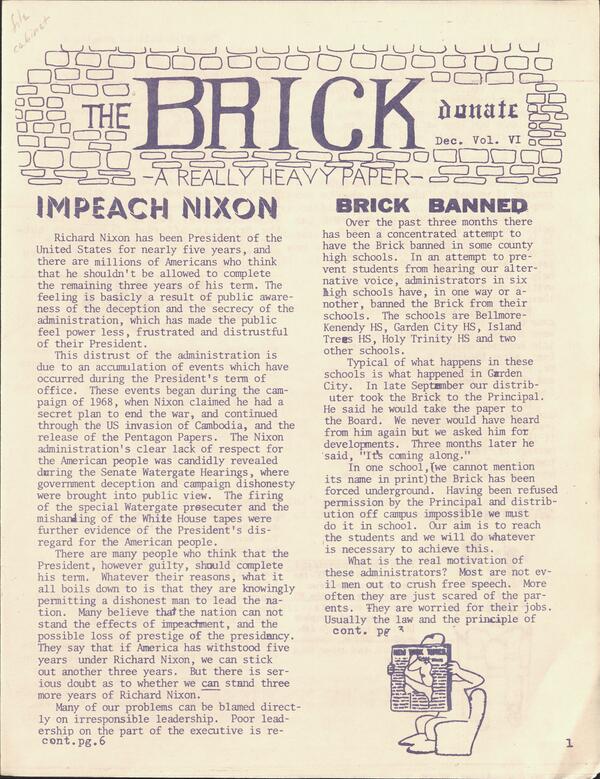Jonathan Trinque, Research Services Coordinator
The UConn Library’s Archives & Special Collections holds over 1000 archival collections. Some of these collections are well known and are used all the time for research, while others may not have been accessed since they arrived at the archives. Because of this, I thought it would be fun to spotlight some collections that I have come across that seem interesting that researchers have not used much or simply do not know exist.
Here are some of the collections I found while perusing our online finding aids and physical collections:
University of Connecticut Agricultural Economics Department Records
Based on the collection’s title I did not expect it to be as interesting as it turned out to be. I assumed that this collection would only be administrative records and economic data, but I was completely wrong.
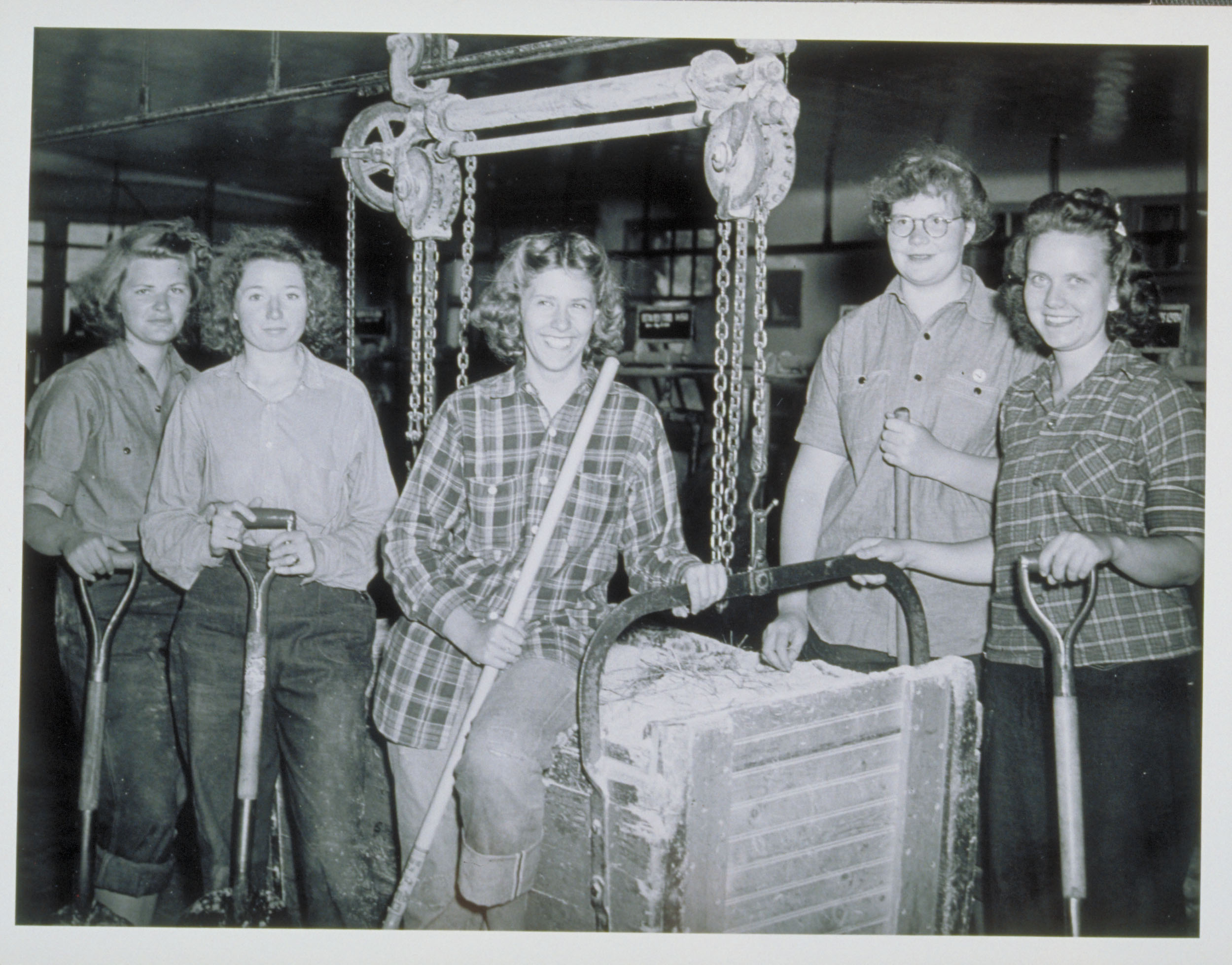
This collection contains over 80 linear feet worth of newspaper clippings, correspondence, pamphlets, brochures, photographs, and other print materials that document the evolution of the agricultural sector on a local and national level over the course of more than a century! It covers the intersection of agriculture and massive historical events such as World War II and the labor shortage created as a result of the Selective Service draft and how the State of Connecticut and the University of Connecticut worked together to create the Emergency Farm Labor Department in response to this crisis.
The Emergency Farm Labor Department established the Woman’s Land Army as well as nine farm labor camps for housing and training new agricultural workers. These farm laborers included urban youth and women, soldiers, white collar professionals, displaced Japanese Americans, returning war veterans, workers from other states, migrant workers from Mexico and Jamaica, and even German prisoners-of-war.
This collection also includes correspondence documenting UConn’s Agricultural Department’s growing responsibility as part of the Emergency Farm Labor Committee and their work with the United Stated Department of Agriculture.
There is so much more to explore in this collection. I highly recommend reading through the collection’s finding aid and if anything piques your interest, you can always visit our reading room to see the collection in person.
When I came across this small collection, I knew I had to shine some light on it as it covers many of my interests, children’s literature, illustration, and natural history. This collection contains materials relating to Margaret Waring Buck’s self-illustrated books that often detail the lives of animals in the wild through black-and-white drawings of the flora and fauna of the outdoors. These books are often geared towards young naturalists who are just starting their dive into ecology and natural history.
I think it is important to note Margaret Waring Buck’s interest in physiognomy, also known as face reading and anthroposcopy, a pseudoscience now considered to be a form phrenology. I feel analyzing her work through this lens could yield interesting discoveries regarding the various influences on her work.
In this collection you will find many different types of materials from Margaret Waring Buck’s personal papers, correspondence, and photographs from the early history of photography, as well as original notes and sketches. I highly recommend reading through this collection’s finding aid and inventory and visiting our reading room if anything in the finding aid catches your eye.
Charles Pease was a Connecticut-born businessman who worked as a printer and editor of the Connecticut Western News in Canaan Connecticut. Pease had a love for beekeeping that turned into a small but profitable side hustle.
This tiny collection (only 2 linear feet) is largely comprised of his own handwritten journals documenting his beekeeping activities (cutely named Pease’s Beeses) from 1919 through 1949. Pease also documented his observations of birds, flowers, and the natural world in his hometown of Canaan, Connecticut.
We also have another collection, the Hewitt Bee Collection, that complements Pease’s and is comprised of over 300 books and 40 different periodical titles on beekeeping and bee culture.
If you are an avid beekeeper, looking to start your own honey-selling business, or simply interested in Pease’s activities as a naturalist, I recommend experiencing these collections in person by visiting our reading room.
Related Resources

